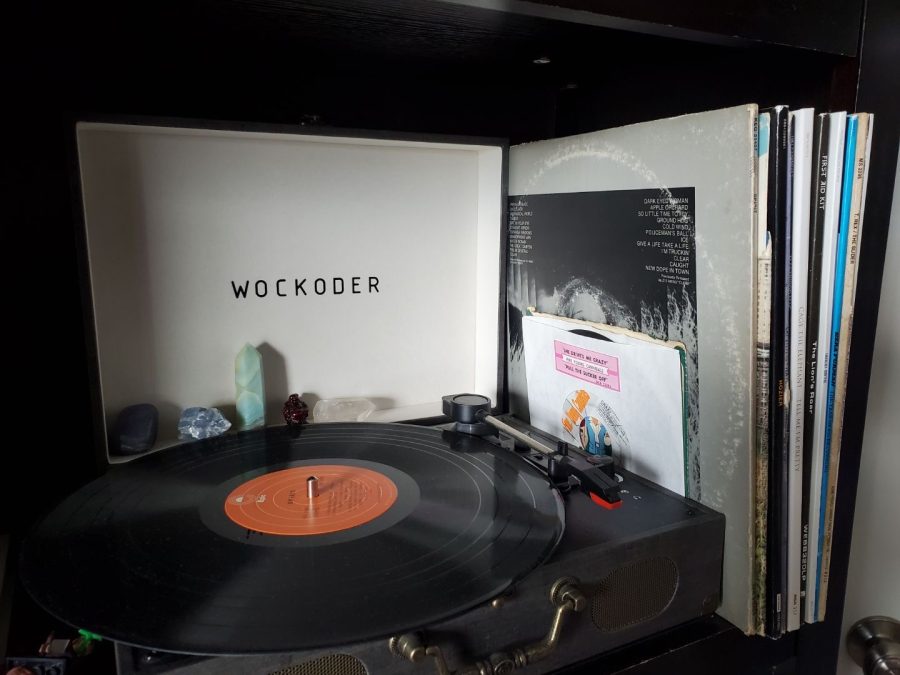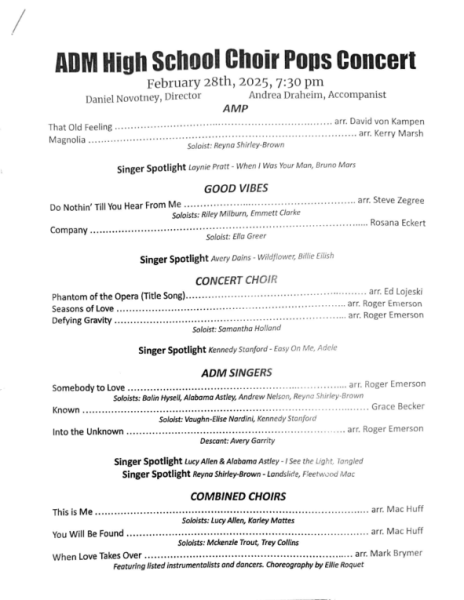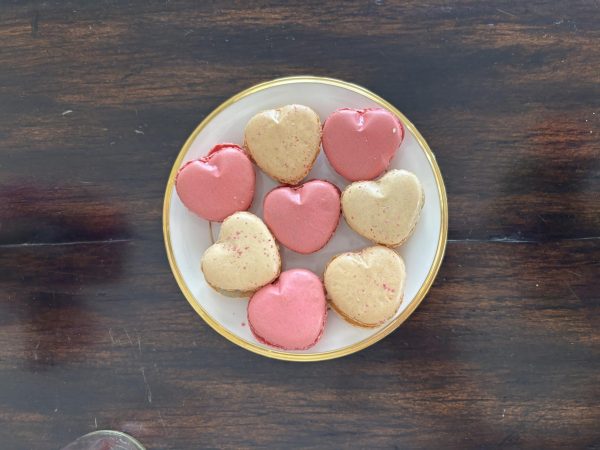The Joy Behind Physical Music
The internet has improved human lives in a variety of ways. However with that improvement comes change, and for the music industry, is that good?
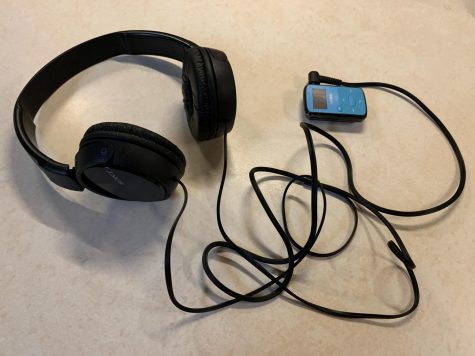 Apps like Spotify, Apple Music and Prime Music have tremendously paved the way music is consumed. These apps have created a greater variety of options and improved the accessibility of music. Before the internet though, people would spin a vinyl record on a shiny turntable, pop a tape cassette into a cassette player or enjoy their music from a CD in a CD player. Nowadays, the benefits of these formats still remain and can expand the music experience for you exponentially.
Apps like Spotify, Apple Music and Prime Music have tremendously paved the way music is consumed. These apps have created a greater variety of options and improved the accessibility of music. Before the internet though, people would spin a vinyl record on a shiny turntable, pop a tape cassette into a cassette player or enjoy their music from a CD in a CD player. Nowadays, the benefits of these formats still remain and can expand the music experience for you exponentially.
One of the largest pros of physical music is the sound quality. In the physical formats of music, all of the data from the recording can be stored, but when it comes to digital recordings, like MP3s, this isn’t true. The audio is compressed so it takes up less space. This means that parts of the audio are removed and the dynamic range (how loud and soft the music gets) is decreased considerably. The analog sound from CDs and vinyl is different than digital music because “it can move to a higher and higher resolution without losing its original quality,” according to the Klipsch website. The deep groves on vinyl can even make the stylus jump and miss small mistakes on the record. And for some people, the imperfections (crackles, pops, hisses) in analog music can even be desirable, as it shows authenticity in the original creation.
Beginning a music collection means you get to enjoy the experience of building your collection. Record stores are one of the many places people buy their music. While there, you can not only purchase music, you can shop for posters, enjoy food and drinks or even see local bands perform. Record stores are also one of the best ways to expand your music taste. Unique music fills the welcoming stores, employees are happy to give suggestions and when riffling through bins, it is hard not to find something new to listen to.
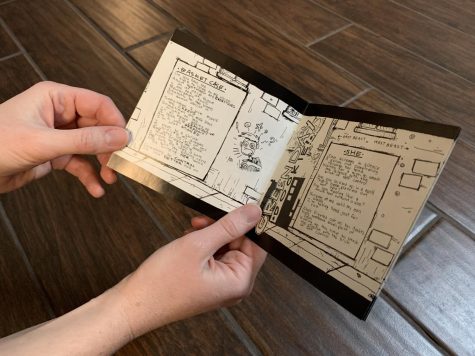 When it comes to digital music, the artwork is usually overlooked. Playing music off of a phone or computer makes the cover art a lot smaller than intended. Owning your music allows you to really see the time and effort that is put into the artwork. Without holding the physical copy of an album, you might have never seen the back cover or the sleeve. CDs often include booklets with lyrics, stories or pictures, and some vinyl have decorative sleeves that can be great decorations.
When it comes to digital music, the artwork is usually overlooked. Playing music off of a phone or computer makes the cover art a lot smaller than intended. Owning your music allows you to really see the time and effort that is put into the artwork. Without holding the physical copy of an album, you might have never seen the back cover or the sleeve. CDs often include booklets with lyrics, stories or pictures, and some vinyl have decorative sleeves that can be great decorations.
It is not well known that when you buy an album, you are helping the artist significantly more than if you played it off of an app. According to Headphonesty, Apple Music pays around $0.01 for a stream, Amazon Music $0.004, Spotify $0.0033 and Pandora around $0.0013. When you buy a record or a CD, around 10-20% of the wholesale price is given to the artists through royalty payments, according to How Stuff Works. Supporting artists in this way allows them to experiment more in studios, produce more content and create more immersive tours and concerts.
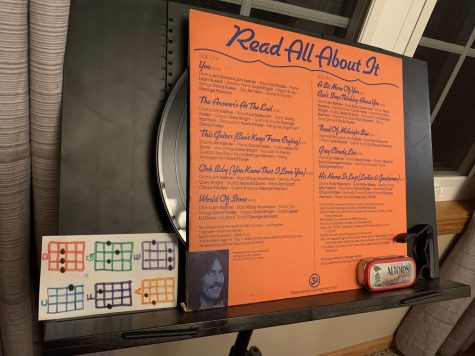 When an album is pieced together, the order is not randomized. Through digital platforms, the layout of an album is often forgotten and songs are shuffled or placed in playlists. This is can hurt your ability to understand the artist’s intentions. Albums can tell a story, they can include fade-ins between songs or they can be ordered in a way to elicit a specific reaction. Either way, playing music physically forces you to listen to the album as intended, not shuffled or in a playlist.
When an album is pieced together, the order is not randomized. Through digital platforms, the layout of an album is often forgotten and songs are shuffled or placed in playlists. This is can hurt your ability to understand the artist’s intentions. Albums can tell a story, they can include fade-ins between songs or they can be ordered in a way to elicit a specific reaction. Either way, playing music physically forces you to listen to the album as intended, not shuffled or in a playlist.
Sydney White, junior and collector of records, CDs and cassettes, says that collecting music has become a fun hobby for her. She has around 80 CDs, 15 records and 5 cassettes. “It has a different feel than digital music. It is more authentic and really cool to display. I started with my parents’ old music collections, and it became a fun thing to add to when I am shopping,” White reported. She also enjoys collecting headphones and vintage cameras and suggests other people start a collection, whether or not it involves music. “Now that people are moving to entirely digital music, things like CDs and records can be found pretty easily in places like thrift stores.”
Music collections are not for everyone. Space, money and convenience play a big role in many people’s decision to listen to music digitally. Despite this fact, people continue to revert back to physical music and reap its numerous benefits.



